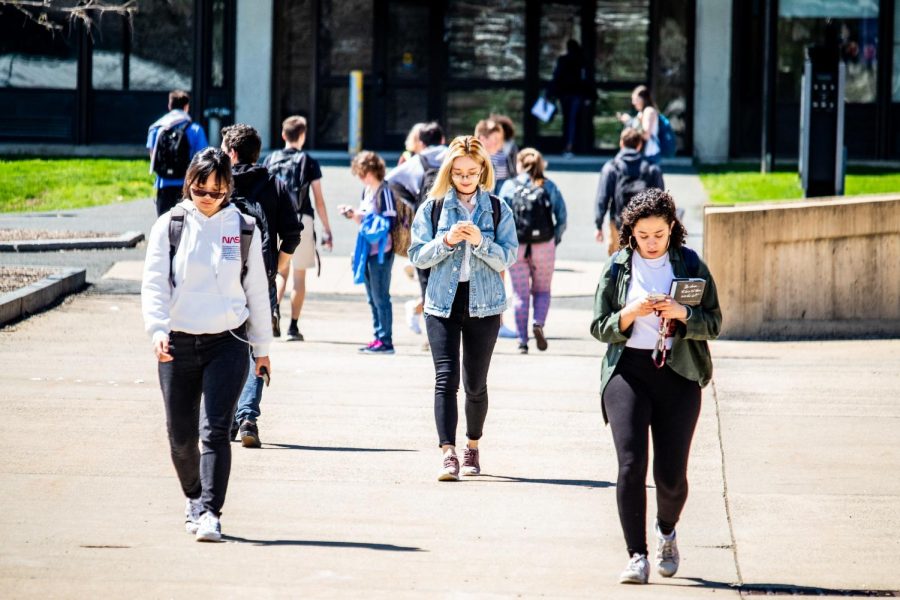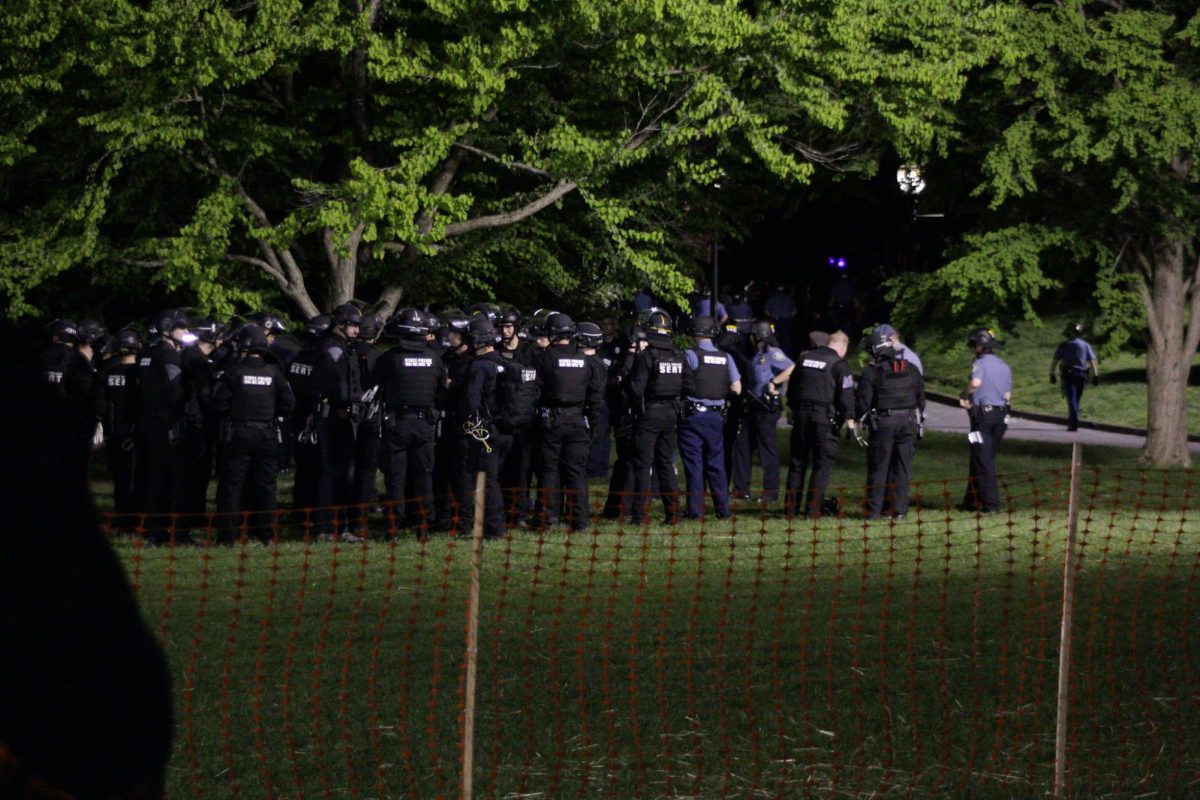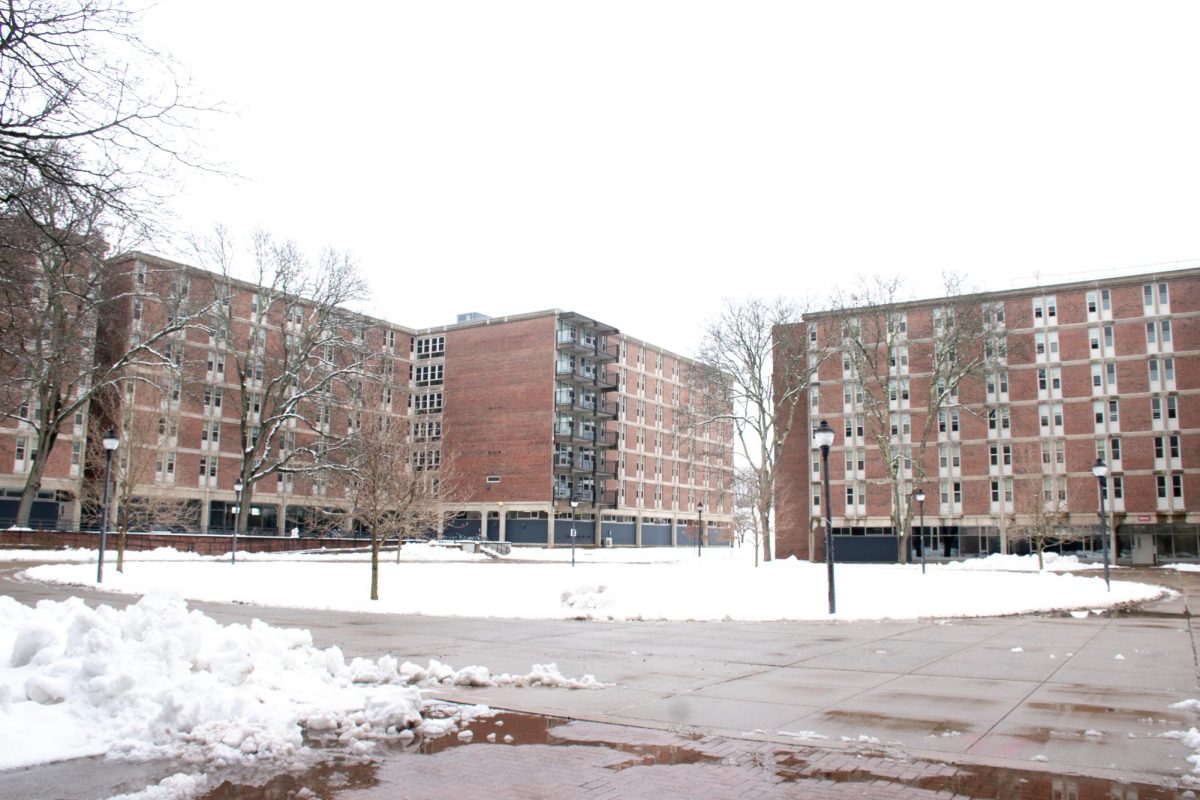On Sept. 25, the Trump administration proposed new restrictions on international students pursuing higher education in the United States. This new proposition sets a fixed term limit of up to four years on student visas, with a provision to apply for a possible extension under “compelling academic reasons, a documented medical condition, or circumstances beyond the student’s control.” Notably, this term limit is set to just two years for students born in countries deemed by the Department of Homeland Security (DHS) as “state sponsors of terrorism” or countries with student and exchange visa overstay rates exceeding 10 percent. This list of 59 countries includes Nepal, Iran, Kenya, Haiti and Vietnam. Currently, student visas are valid for the “duration of status,” meaning international students who comply with immigration restrictions can remain in the U.S for the duration of their program of study. This newly proposed term limit, however, is shorter than the average five years it takes for students to obtain a bachelor’s degree, and considerably shorter than the duration of a typical Ph.D. program. The rule also reduces the time international students can stay in the U.S. after completing their courses as part of the Optional Practical Training (OPT) program from 60 days to 30 days, thereby making it more difficult for them to obtain jobs in the U.S. after graduation.
Two major motivations supposedly drive this new set of restrictions – visa overstays and the ongoing recession. The Trump administration insists that these proposed changes are necessary to increase supervision of international students and to combat visa overstays. DHS Senior Official Ken Cuccinelli claims the new rules will “prevent foreign adversaries from exploiting the country’s education environment.” However, The National Foundation for American Policy points out that the DHS’s mechanism for calculating visa overstay rates is flawed in that it is “not an actual overstay rate but only an upper bound estimate of individuals who DHS could not positively identify as leaving the United States.” It does not take into calculation, for instance, the students who stay back legally, such as by getting a green card through family or work. This flawed mechanism should therefore not be a basis for making policies governing international students.
Moreover, Dan Berger, a partner at the immigration law firm of Curran, Berger & Kludt, explains that “International students are among the most tightly regulated visa categories.” The SEVIS database, set up after 9/11 and maintained by Immigration and Customs Enforcement (ICE) monitors every single international student, and schools are mandated to provide regular updates on their status. There is simply not sufficient evidence to support the idea that international students need more regulation. This new proposal is clearly a means to dissuade international applicants from applying. As Doug Rand points out, “if you set up a system where no one can be guaranteed more than four years in this country, who’s going to take that risk?”
Another observation made in favor of increasing restrictions is the current state of the economy, and the fear that international students are taking jobs away from American workers. In a proclamation issued on April 22, President Trump noted that “we must be mindful of the impact of foreign workers on the United States labor market, particularly in an environment of high domestic unemployment and depressed demand for labor.” For starters, there is no evidence that foreign students participating in the OPT program reduce job opportunities for U.S. workers. Instead, a study conducted by NFAP suggests that U.S. employers are more likely to turn to foreign student workers in areas where U.S. workers are already scarce. Thus, immigrants are complementing and not competing with American workers in the job market. Moreover, international students generate an estimated $32 billion in revenue annually and support more than 300,000 jobs. Each H-1B worker is associated with creating 1.83 jobs for Americans. Thus, as economist Madeline Zavodny points out, turning away foreign labor results in greater unemployment and lower wages for native-born workers.
Even so, the current administration has repeatedly taken measures to hinder the education of international students at American universities. In July, it threatened to deport students enrolled in online-only courses at a time when most universities had resorted to remote learning. This policy, however, was quickly rescinded amid massive backlash from universities like Harvard and MIT, who are well aware of the value their international students being there.
Most international students – who overall compose six percent of all students in higher education – pay full, out-of-state tuition, which allows universities to lower the costs for domestic students. Taking away that revenue means not enough American students will be able to afford college. Moreover, as graduate students and researchers, foreign nationals facilitate innovation at American universities. Since 2000, immigrants have received 39 percent of all Nobel Prizes won by Americans in physics, chemistry and medicine. Nearly 25 percent of America’s $1 billion startups have founders who once came to the U.S. as international students.
As U.S. immigration policies become increasingly unwelcoming, international students have no choice but to take their money and talent elsewhere. Meanwhile, other countries which compete with the U.S. economy are easing their immigration restrictions. The U.K. for instance, recently extended its post-graduation work authorization period from four months to two years, citing concern over competitive disadvantage against other emerging economies. Canada is similarly seeing an increasing influx of international students. On the other hand, decline in international student enrollment since at American universities since 2016 has already cost the economy $11.8 billion and more than 65,000 jobs. A 30-day public comment window on this new proposal is now underway. If passed, this restriction could spell ruin for the future of higher education.
Bhavya Pant can be reached at [email protected]. Follow her on Twitter @bhavya_pant.




















